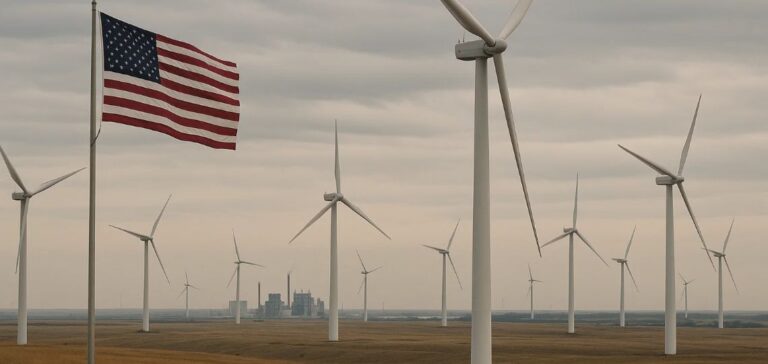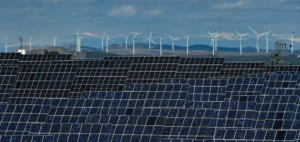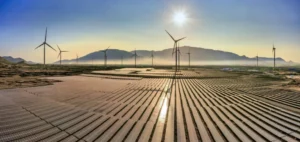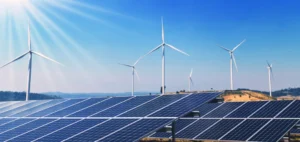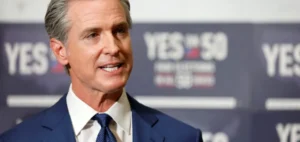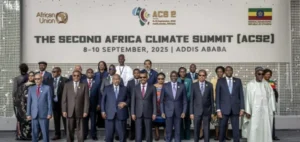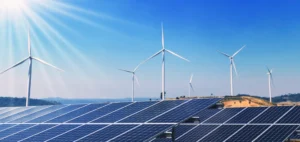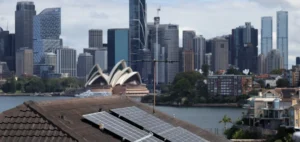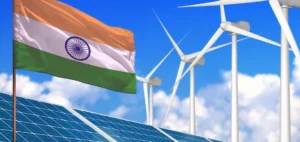The budget reconciliation bill introduced by the US House Ways and Means Committee proposes a major overhaul of fiscal mechanisms supporting renewable energy. If passed, the Investment Tax Credit (ITC) and Production Tax Credit (PTC) would be gradually eliminated between 2029 and 2032, with anticipated consequences across the domestic energy sector.
Withdrawal of tax credits undermines solar project development
The early removal of the residential tax credit under Section 25D, starting in 2026, directly impacts installations financed through loans or cash. According to Wood Mackenzie, utility-scale solar developments may also slow, while the end of credit transferability could hinder existing financing strategies. Additionally, rules targeting Foreign Entities of Concern (FEOC), notably Chinese suppliers, could significantly limit access to the US market for certain manufacturers.
Wind market faces tighter eligibility schedule
Already under structural pressure, the wind energy market would see further strain from the early phaseout of component-specific credits. Shifting the eligibility criterion from “start of construction” to “placed in service” increases uncertainty for investors and developers. Despite a projected increase in construction activity, the 2025–2027 onshore pipeline – estimated at nearly 11 GW – may fail to meet the revised requirements.
Energy storage sector hit by tax measures and China dependency
Developers of energy storage systems may lose access to ITC for projects starting after 2026 due to FEOC-related restrictions. Currently, around 97% of lithium iron phosphate (LFP) cathode material originates from China. Frequent delays in project commissioning heighten risks for lenders and investors, deepening sectoral uncertainties.
Green hydrogen and nuclear impacted by new provisions
The proposed termination of the 45V tax credit for clean hydrogen production in January 2026 jeopardises the viability of 95% of announced capacity in the US. Developers must accelerate construction or face potential cancellations. Meanwhile, the nuclear sector is expected to see reduced investment incentives, although 96 GW of capacity is still forecast by 2035, according to Wood Mackenzie.
Carbon capture remains supported despite 45Q adjustment
Carbon Capture, Utilisation and Storage (CCUS) is the least affected by the proposed legislation. The value and duration of the 45Q tax credit remain unchanged, maintaining its status as one of the most competitive mechanisms globally. Two technical revisions are planned but do not undermine the overall appeal of the incentive, Wood Mackenzie reports.


